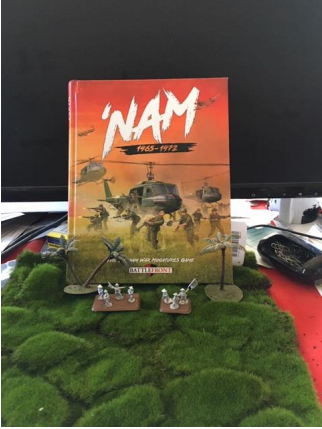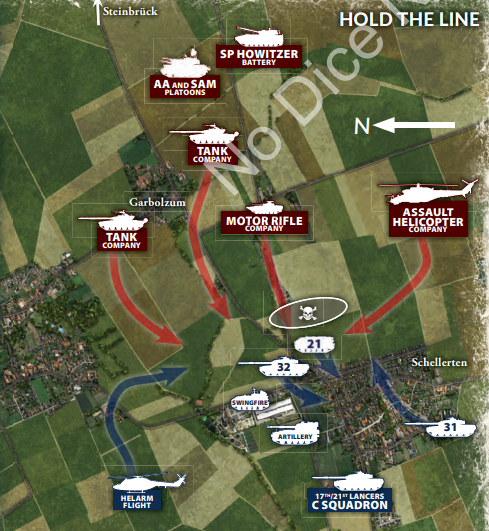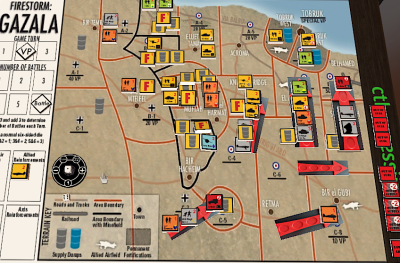Exciting New Soviet Team Yankee List Ideas
By Tom Gall
Christmas comes early for Soviet Team Yankee players in the form of the book with its impressive array of new units and new formation options. In this article, I’m going to share with you what I’m thinking about in terms of list building ideas, how I’m planning to supercharge my Soviet Team Yankee armies to dominate the battlefield.
No matter if you are a new or experienced Team Yankee player, you’re probably looking to do your best to win some games. With the new book, Battlefront is giving you additional tools towards that goal. I’m going to come at this from a few different angles. One is what if I was an entirely new player, what would I recommend you buy to put together a fun and competitive force? As an experienced player, how will I modify my existing lists? Last what older lists might I refresh and bring out again?

 Background – a group of us at Legions Games in Pittsburgh, PA have been playing Flames of War for many years and Team Yankee since it was released. Several of us wanted to start playing something different but not that far away for our passion for Flames and Team Yankee.
Background – a group of us at Legions Games in Pittsburgh, PA have been playing Flames of War for many years and Team Yankee since it was released. Several of us wanted to start playing something different but not that far away for our passion for Flames and Team Yankee.

